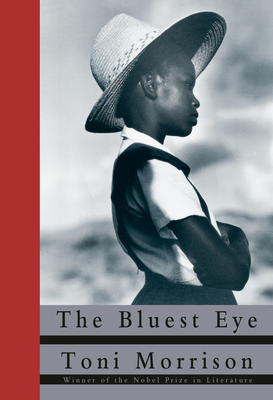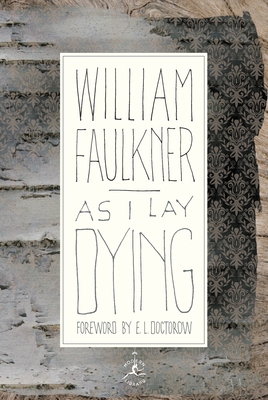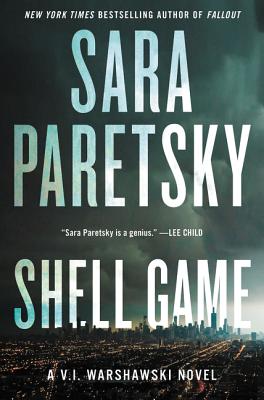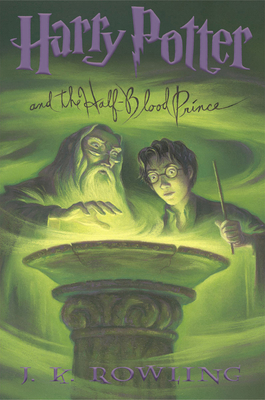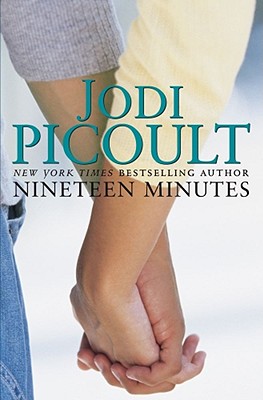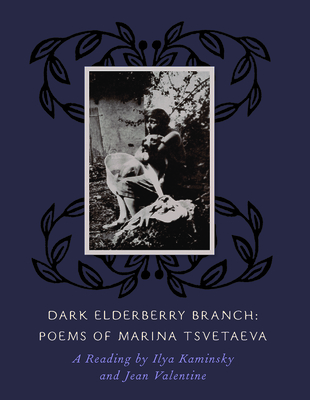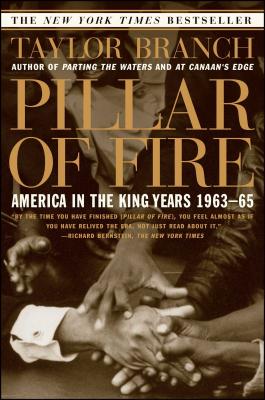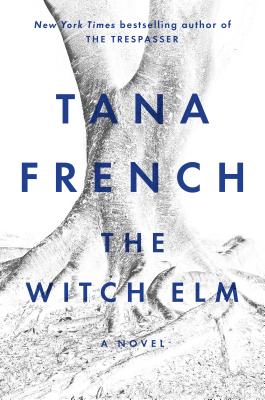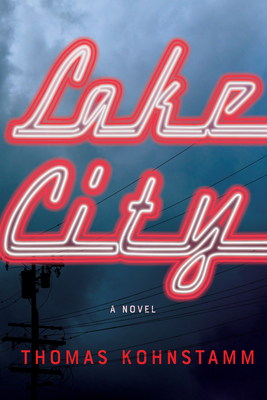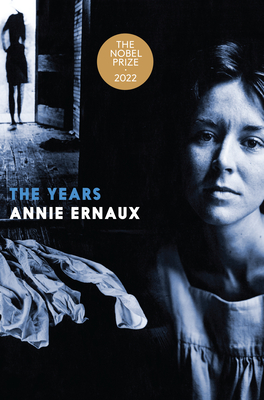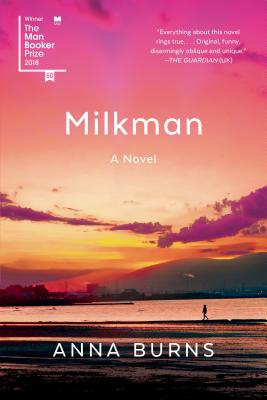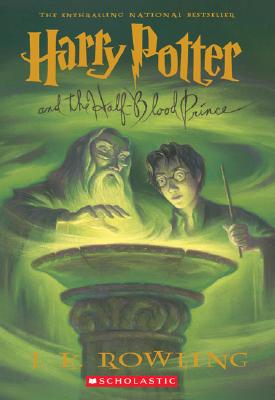The Bluest Eye, Toni Morrison, Holt Rinehart and Winton, 1970, 164 pp
Toni Morrison, one of my top three most loved authors, turned 88 in February. I have read all of her novels though not in order of publication. I plan to read them all again. At the February meeting of my One Book At A Time reading group, I mentioned Ms Morrison's birthday and was dismayed to learn that not one of them had read any other of her novels except Beloved. Therefore I suggested The Bluest Eye. We read and discussed it in April.
I had remembered this novel as the heart-wrenching story of a young girl whose deepest desire was to have blue eyes. I did not remember the startling details. Pecola Breedlove, black, poor, unloved, comes into the lives of two sisters, black, not as poor, and a bit more loved. The younger sister tells the story, looking back on herself at 10. Her sister Frieda and Pecola are 11.
Toni Morrison always writes about race, about the brutal facts of life for the people we whites call Black in our country when we are being what we think is polite, enlightened and beyond racism.
The narrator opens with a story early on about getting a blond, blue-eyed white doll for Christmas, thereby setting up the concepts of what America found beautiful in the 1940s, especially when it comes to females. I have to say right here that I am blond and blue-eyed, yet I have always had issues with my own looks. Have I been good looking enough, have I been thin enough, have I worn the right clothes.
The brilliance of the novel is that while it is a story about identity and beauty or the lack of it in a Black female child, any woman can fall right into the tale and empathize with these Black girls and women. Though a Black female probably has the most difficult position in our society, any woman at all has it rough. The things we won't do to be thought beautiful and desirable, to feel safe. The things Pecola did will break your heart.
This first novel by the first American Black woman to win the Nobel Prize is an introduction to her astounding intelligence and perceptive views. Though she later expressed dissatisfaction with the book, it seems to me she had to write it as an overture to the symphony she has written in the rest of them.
Of the members who showed up for our meeting, all had been put into the state of awe I hoped for. Great discussion of course. I hope they go on to read more Toni Morrison.
